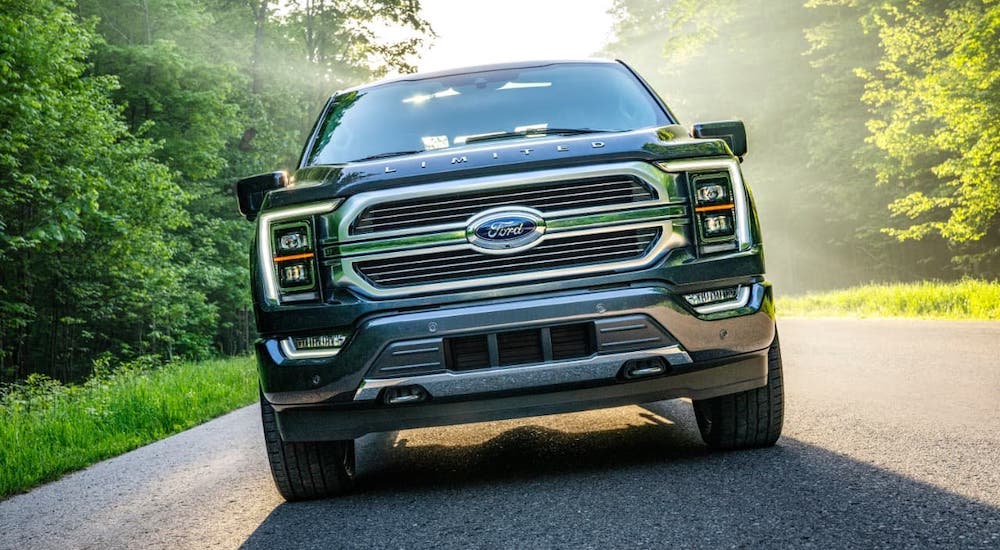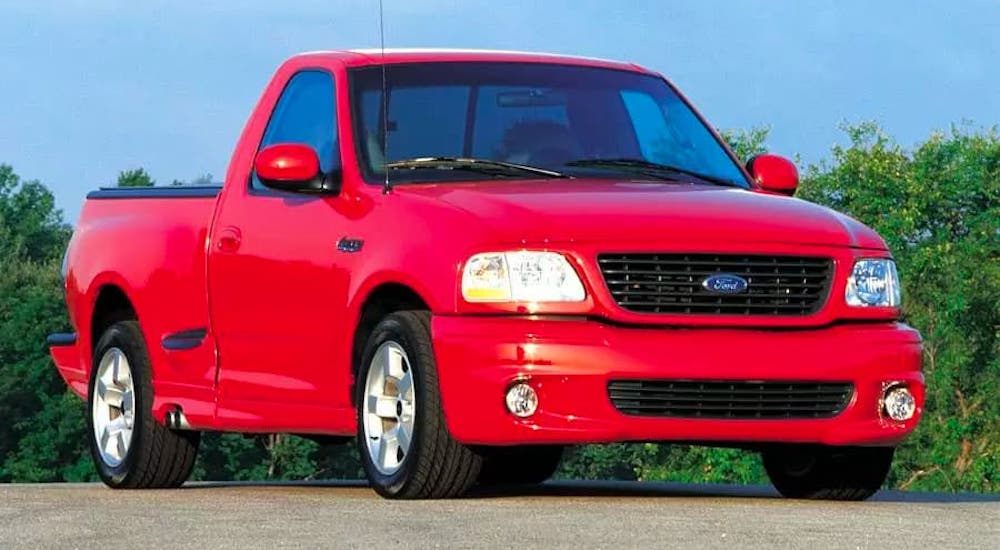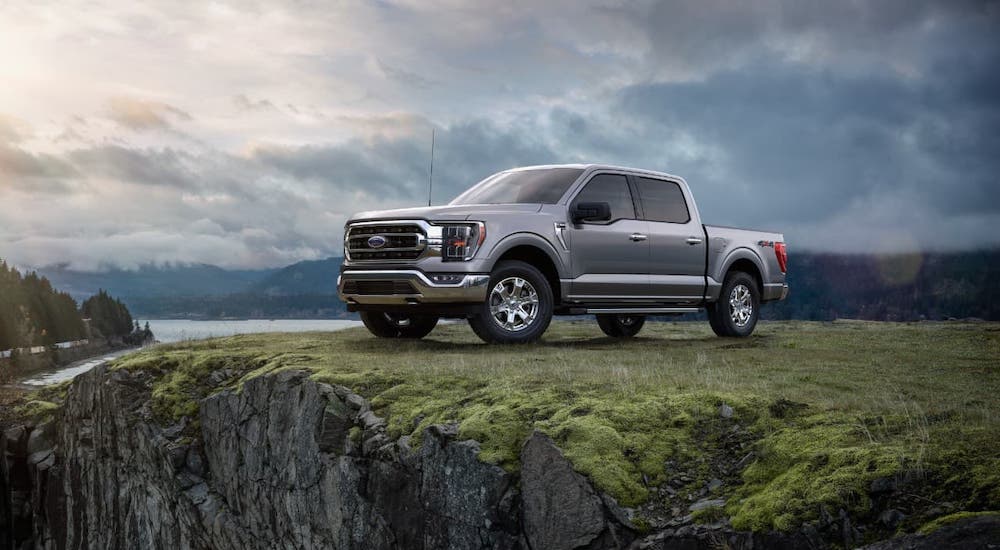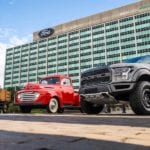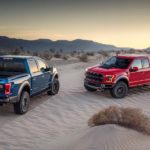If you look at different model years for a vehicle, especially one that’s been around a few decades, you’ll quickly start to see references to different generations. To put it simply, a generation of a vehicle is a collection of years with similar designs and systems. There can be upgrades from one year to the next but not usually anything revolutionary. If you’re interested in used Ford trucks for sale, for example, then you’ll see their different models have a lot of generations.
The Ford F-150 has more than a dozen generations just by itself since it’s been around since the late 1940s and has been the bestselling truck in the U.S. since before the Reagan Era. But, you might wonder how much difference a change in generation really makes. Is there that much to distinguish a 2014 Ford F-150 from a 2015 or 2016 F-150? That’s a perfectly reasonable question, and we’re going to get into it today.
I’ll be using the Ford F-150 as a specific example, just to keep things simple, but what I’m going to illustrate is generally true for pretty much any series of used Ford trucks or vehicles from other manufacturers. You’ll see that a change in generation really does make a difference.
Quick Overview: Recent Ford F-150 Generations
First-generation Ford F-150s date back to 1948; we’re not about to look at those today since showing changes over the past 70 years is pretty obvious. To keep things simpler, we’re going to focus on just the more recent handful of F-150 generations, going back to the start of this century (just before it actually). One thing worth pointing out is that there can be changes and upgrades that occur during a generation.
It’s not unusual for a vehicle to have a mid-cycle or mid-generation refresh, with some updates and new features but not enough to justify an entirely new generation. Even the exterior can get some pretty big changes, but the underlying systems tend to remain the same. Just keep that in mind when looking at different used Ford trucks for sale – even within a single generation, differences from one year to the next can be substantial.
F-150 10th Generation: 1997-2003
We’ll start off by looking at the 10th Generation of the Ford F-150, which started with the model year 1997 and ran through 2003. There were some big changes for this generation from a mechanical perspective: the F-150 received an independent front suspension, replacing a twin I-beam front suspension that it had featured for decades. This provided better handling and an improved ride overall. The 10th Generation was also when a clearer line was established between Ford’s lineup of full-size models, with the F-150 providing a light-duty option and the Super Duty models designed for heavy-duty work.
For the 10th Generation, the engines in the F-150 were changed and improved, offering a V6 engine as the starting option, along with several V8 engines, including a supercharged model for the SVT Lightning trim. In 1997, only an extended cab and a regular cab were available; but a crew cab was introduced for 2001 and has remained available ever since.
F-150 11th Generation: 2004-2008
With the 11th Generation of the Ford F-150, the exterior was once again redesigned with an angular look that had a more traditional truck feel to it. Some could argue that the design of the prior 10th Generation was a little too SUV-ish, with more curved surfaces, while the 11th Generation clearly established an irrefutable truck appearance. There were five trims available in the 2004 model along with a DVD player, which was a pretty big deal more than 15 years ago.
The redesigned model for this generation had several different engine options, including a standard V6 and two different V8 engines. The Supercharged V8 from the previous generation was eliminated, however, along with the SVT Lightning high-performance trim. With the 11th Generation, it was clear that the F-150 was focused on being a hard-working pickup that could tackle just about any job.
F-150 12th Generation: 2009-2014
Although the 12th Generation of the Ford F-150 had a strong start, some of the most important differences with it really came during the course of the generation. When it kicked off with model year 2009, the all-new F-150 featured a redesigned exterior, a longer crew cab for more room inside, and a new top trim level called the “Platinum.” There were many different trims available along with three different V8 engines, providing buyers with a lot of flexibility.
One of the major changes in the 12th Generation, however, happened with 2011 model, when all-new engines were offered. Perhaps more importantly, a 6-speed automatic transmission became standard, and the option for a manual transmission went away. So if you want to find a used Ford F-150 with a manual transmission, it’s not enough to look for 12th Generation; you have to specifically look for a model from 2010 or earlier.
F-150 13th Generation: 2015-2020
There were some major changes for the 13th Generation of the F-150, which launched with the 2015 model. The exterior borrowed a lot of design and overall look from the Super Duty models, giving it a bolder, stronger appearance. Starting with the 13th Generation, the frame of the F-150 was still made from steel, but most other parts were made from aluminum, which eliminated about 700 lbs from the truck’s weight. This boosted performance and allowed for smaller engines to be able to handle a lot more work.
Some minor changes and upgrades occurred throughout the 13th Generation, including the addition of a turbocharged V6 engine in 2017 along with a new 10-speed automatic transmission. Additional engine improvements were made for 2018, along with the introduction of an off-road-focused Raptor trim. By 2020, the Ford F-150 had definitely established itself as the full-size truck to beat by its competitors, though they failed to do so.
F-150 14th Generation: 2021+
Although some people don’t think there are quite enough changes for 2021 to be a new generation, Ford has referred to it as an all-new model and the start of a 14th Generation. Major differences might not strike you immediately, but there have been numerous minor upgrades and changes all throughout the F-150, both inside and out. With three cab configurations and both long and short boxes available, there’s a clear “if it’s not broke, don’t fix it” vibe going on with this latest generation.
The engine lineup remains mostly intact, with one major exception: for the first time ever, a hybrid engine is available for the Ford F-150. This is the first step in Ford’s plan for alternative energy trucks and certainly has a lot of people excited. More than this, however, is the fact that Ford has revealed development of an all-electric pickup, which most people expect will be an F-150 model when it’s released, though that won’t be for a few years.
Generation to Generation
So, as you can see, changes from one generation to another can be quite substantial when looking at used Ford trucks like the F-150. By grouping these models together, it’s easier to have a sense of some of the general features you might find on one or another. Ultimately, however, there are still lots of changes from one year to the next, and even within a model year when you go from one trim to another. And that’s why it’s so important to look at the specs of any particular vehicle you might be interested in.
